In recent years, interior design enthusiasts have noticed the growth in popularity of a new interior design style: Japanese. Praised for its simplicity and emphasis on natural materials, Japandi has one major edge. It is easy to make because there is already the market and the right decorations on the market. The reason is linked to the origins of this style. Japandi is not an individual style, starting from scratch, but a combination of two already popular styles: Scandinavian and Japanese.
If you haven’t already, it’s worth taking a look at basic interior design styles.
What is Japanese?
In short, Japandi represents the intersection of Scandinavian and Japanese styles in interior design. However, the two styles do not mix randomly. The emphasis is on the functionality characteristic of Scandinavian arrangements and the rustic minimalism of Japanese ones.
To understand the Japandi style, you should know two concepts: Hygge and Wabi-Sabi. Hygge is a Scandinavian term that does not have a perfect equivalent in Romanian, but refers to a pleasant, comfortable, good, beautiful or picturesque feeling. Wabi-Sabi is a concept of Japanese culture, an aesthetic through which we appreciate, on the one hand, simplicity, nature, symmetry (“wabi”) and, on the other, the passage of time and human effort (“Sabi”).
The imperfection of handmade clay pots can be said to be Wabi-Sabi, as well as Bonsai. Japandi brings together Hygge and Wabi-Sabi in a harmonious way, with results that are as aesthetically pleasing as they are functional.
Japandi: main features
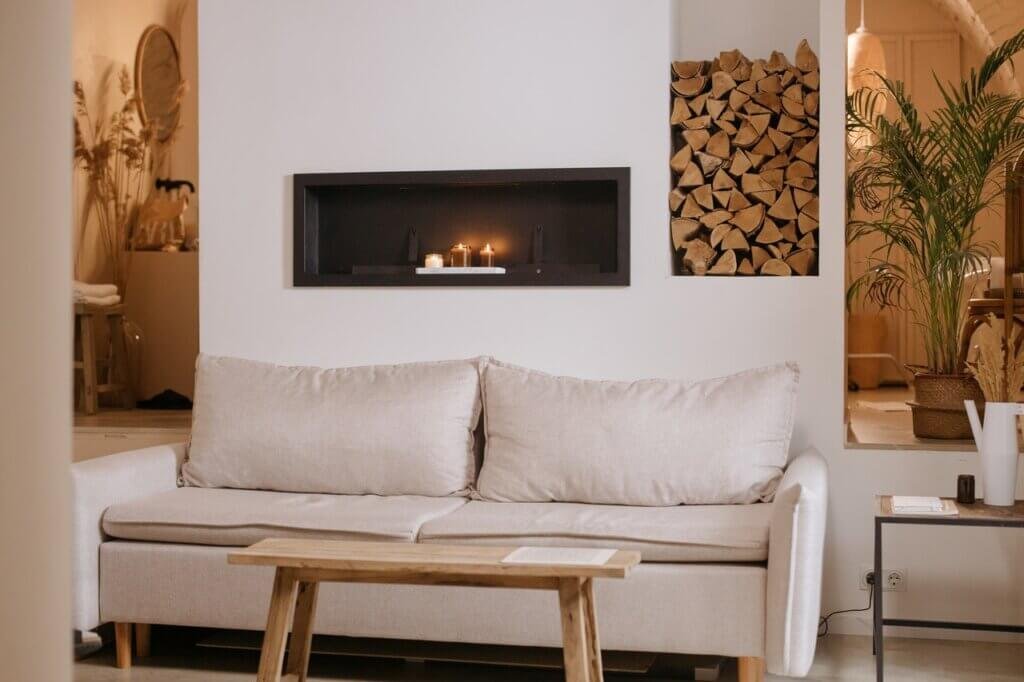
The words “harmony”, “simplicity” and “natural” are common in the Japanese vocabulary. All elements are quality and, when possible, made manually. Plastic, cheap or extravagant objects have no place in such an arrangement. In fact, this style is considered sustainable, with minimal negative impact on the environment. With the limited number of objects and the orientation towards quality and natural materials, Japandi discourages consumerism and waste in interior design.
The main characteristics of the Japandi style:
- “clean” lines – those unbroken lines, whether perfectly straight or curved;
- Functional, minimalist furniture, free of ornaments;
- tidy space, free of non-essential objects;
- natural material;
- neutral colors, often contrasting;
- functional accessories.
What materials are used in Japandi arrangements
Natural materials are part of the essence of every Japandi composition. From solid wood furniture to hand-crafted clay decorations, there are numerous ways to integrate such materials into your Japandi interior design.
Furniture
Rattan, bamboo, willow braid, noble wood, walnut, oak, natural fiber covering;
Textile
Made of cotton, velvet;
Furniture
Terracotta, clay, clay, glass, concrete, wood.
The color range used in the arrangements Japanese “style”.
Strong colors are not part of the Japandi color range. For such an arrangement, natural and neutral colors are suitable. White, beige, cream, ocher, grey, black: they are all characteristic colors of this “style”. The only strong color that is an exception to this rule is the green of plants. Because it is highlighted nicely, many Japandi-style arrangements contain an “accent plant,” which is a single pot with a large plant.
How to apply Japandi style to your home
- Choose neutral colors for the walls, such as white, beige or grey.
- Wooden flooring is ideal. If the space already has another type of flooring, you can opt for a discreet rug in neutral colors made from natural materials.
- Make sure you let as much natural light into the room as possible.
- Select Scandinavian style furniture, made from natural materials, in neutral colors.
- Avoid furniture parts that are too bulky or numerous compared to the camera; be sure to leave enough free space so that the room appears airy, free of purposeless objects.
- Add some decorations and functional plants. You can opt for handmade, terracotta or clay pots and vases, plants, lamps, mirrors or photos. Opt for larger and fewer objects, in neutral or sober colours.
latest posts published

How to set up a wardrobe in your apartment: tips and advantages
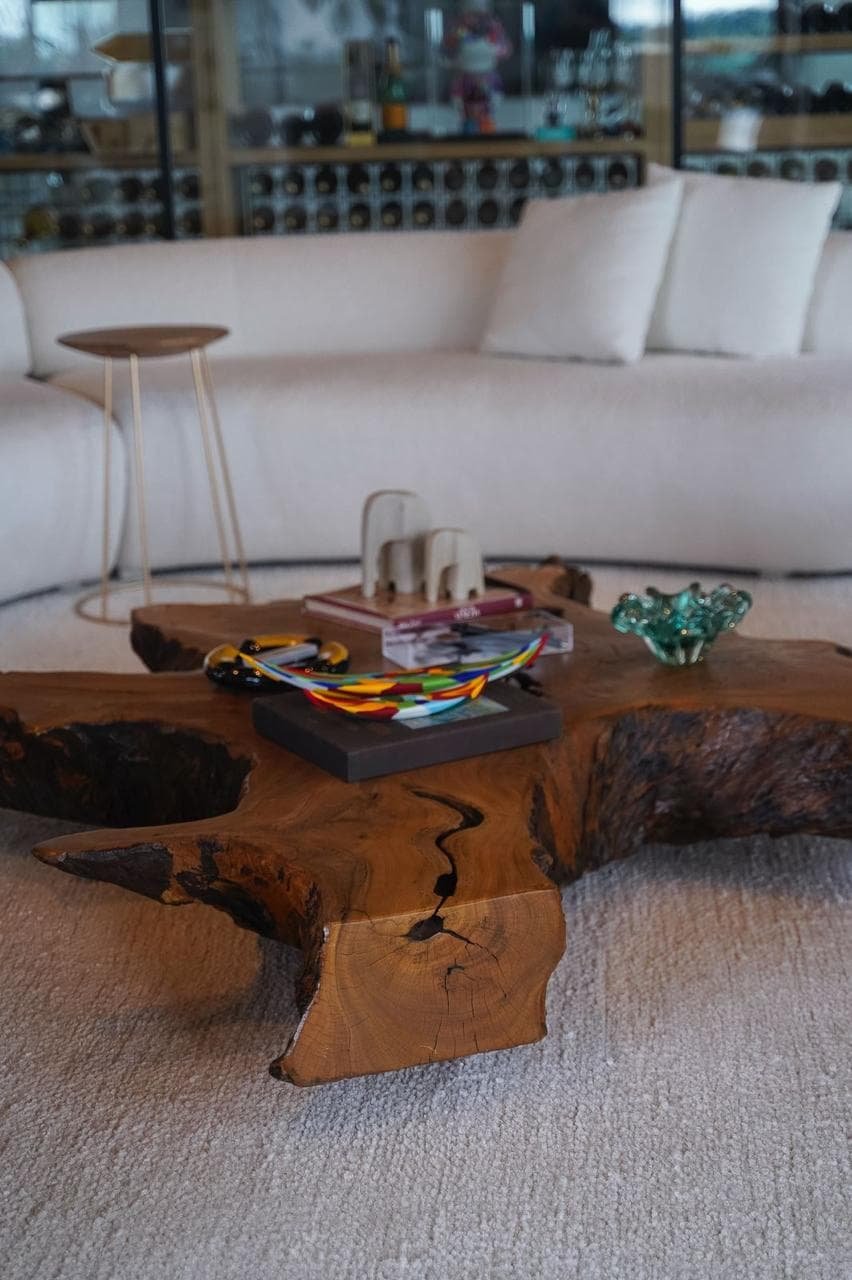
Discover the sophisticated furnishings of Progetto Decor
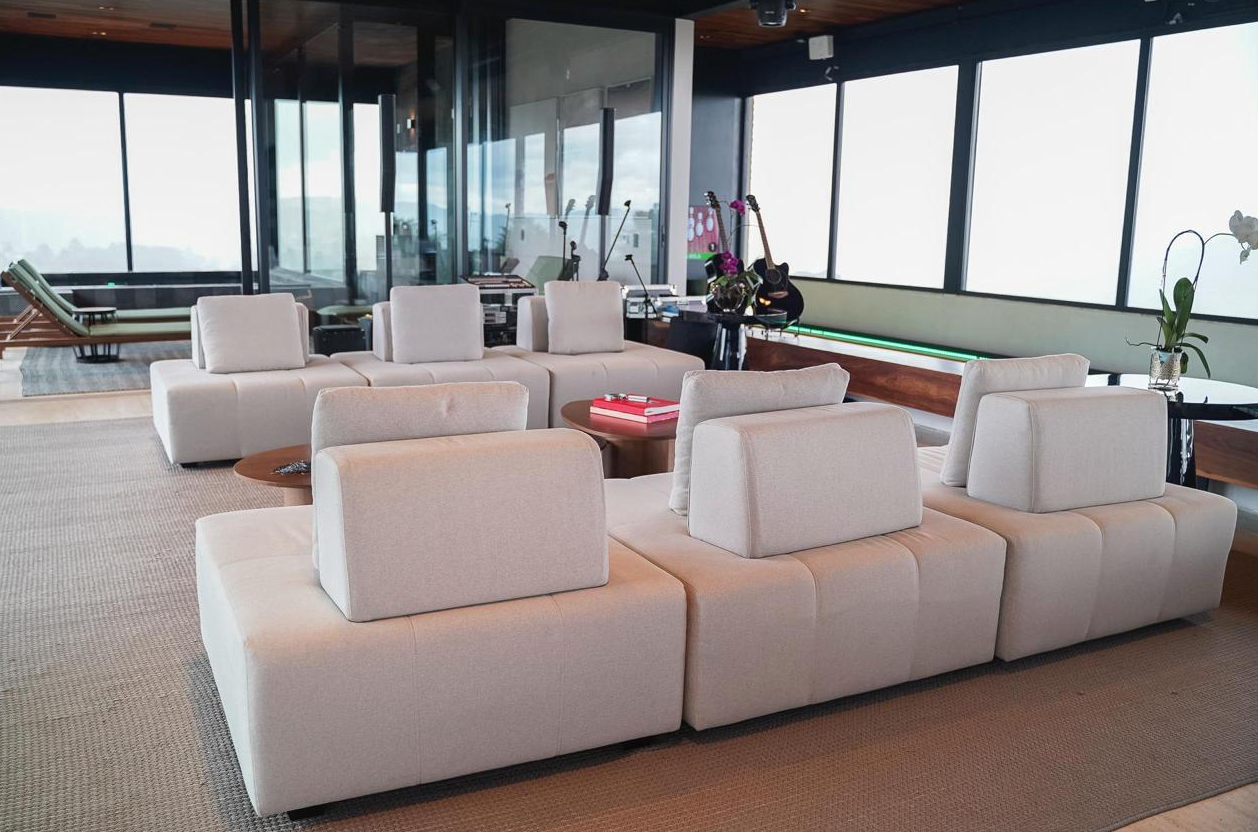
Luxury design: the balance between comfort, elegance and functionality

Discover the luxury furnishings of Progetto Decor

Garden in the apartment: discover the advantages
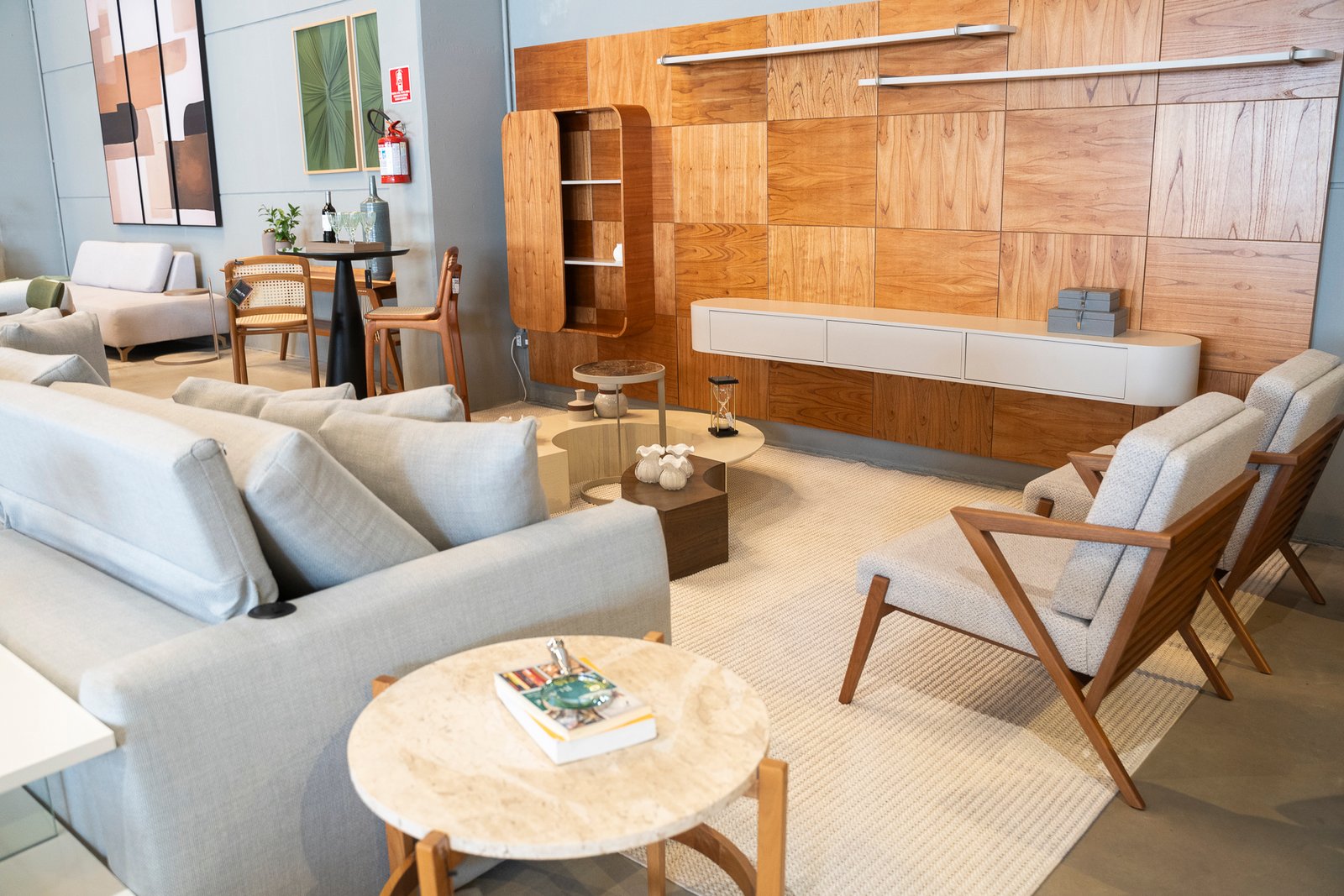
Discover Progetto Decor’s line of custom-made luxury furniture

The main tips for creating integrated environments
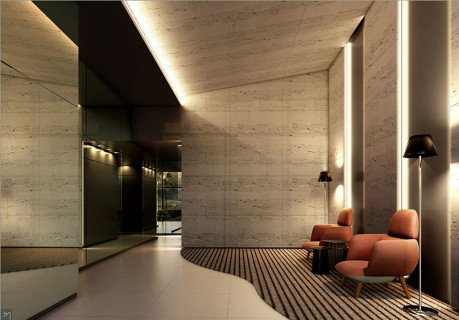
Ambient lighting tips
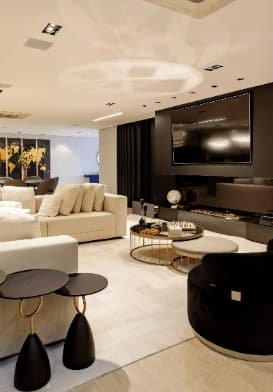
3D projects: transform spaces with luxury and innovation


